NPK deficiency is one of the most common problems in soil. Therefore, it’s essential to understand the symptoms, causes, and prevention methods to address the issue quickly and efficiently. Nutrient deficiency in soil is a major problem and lead to poor plant growth and yield.
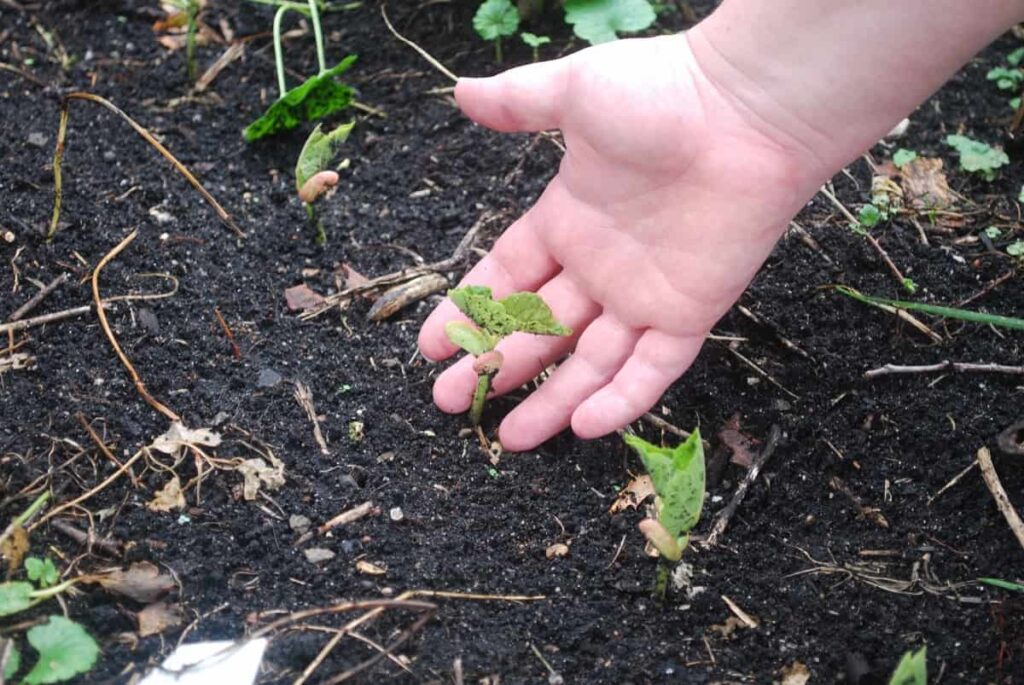
There are many possible causes of nutrient deficiency, including improper fertilization, poor drainage, or leaching of nutrients from the soil. Nutrient deficiency symptoms include stunted growth, yellowing leaves, and reduced fruit or flower production. In severe cases, nutrient deficiency can kill plants. Symptoms of NPK deficiency in plants include yellowing leaves, slow growth, and poor plant health.
NPK deficiency in the soil and plants
What is NPK deficiency in soil and plants?
- Plants need three primary nutrients to grow: nitrogen (N), phosphorus (P), and potassium (K). These are typically referred to as NPK. A soil test will reveal if your soil lacks any of these essential nutrients. If one or more of these nutrients is deficient, you may see symptoms such as yellowing leaves, stunted growth, or poor fruit/flower production.
- There are a few ways to correct NPK deficiency. You can add organic matter to the growing soil, use chemical fertilizers, or employ another type of soil amendment. Adding organic matter to the soil is often the best way to address nutrient deficiencies. This can be done by adding compost, manure, or other decaying organic matter to the soil. Follow the manufacturer’s instructions carefully if you use chemical fertilizers. Over-fertilizing can damage plants and pollute waterways.
- When a plant is lacking in one or more essential nutrients, it is said to be nutrient deficient. Nutrient deficiencies can occur in the soil, making it difficult for plants to uptake the nutrients they need to grow. They can also occur when plants are grown in poor-quality soil or water with high toxins levels.
- Symptoms of nutrient deficiency vary depending on the nutrient that is lacking. For example, iron deficiency causes the yellowing of leaves (chlorosis), while nitrogen deficiency results in stunted growth and yellowing of leaves. Likewise, phosphorus deficiency can cause purple or red coloration of leaves, while potassium deficiency leads to brown spots on leaves.
- There are several ways to prevent or correct nutrient deficiency in the soil. Proper fertilization is the most important step in preventing nutrient deficiency. Use a fertilizer that contains the right mix of nutrients for your plants. Apply fertilizer at the recommended rate and frequency for your plants. If you are not sure how much or often to apply fertilizer, ask a local gardening expert or check the fertilizer label for recommendations.
- In addition to proper fertilization, good drainage is essential for preventing nutrient deficiencies in the soil. Make sure the garden has good drainage by planting in raised beds or hillsides. If you have heavy clay soils, improve drainage by adding organic matter like compost or peat moss. You can also improve drainage by installing tile drains or other drainage systems.
- If your plants are already showing symptoms of nutrient deficiency, there are several things you can do to correct the problem. You can also apply a foliar fertilizer directly to the leaves of plants showing signs of nutrient deficiency.
In case you missed it: Nutrient Deficiency Symptoms in Plants – A Full Guide
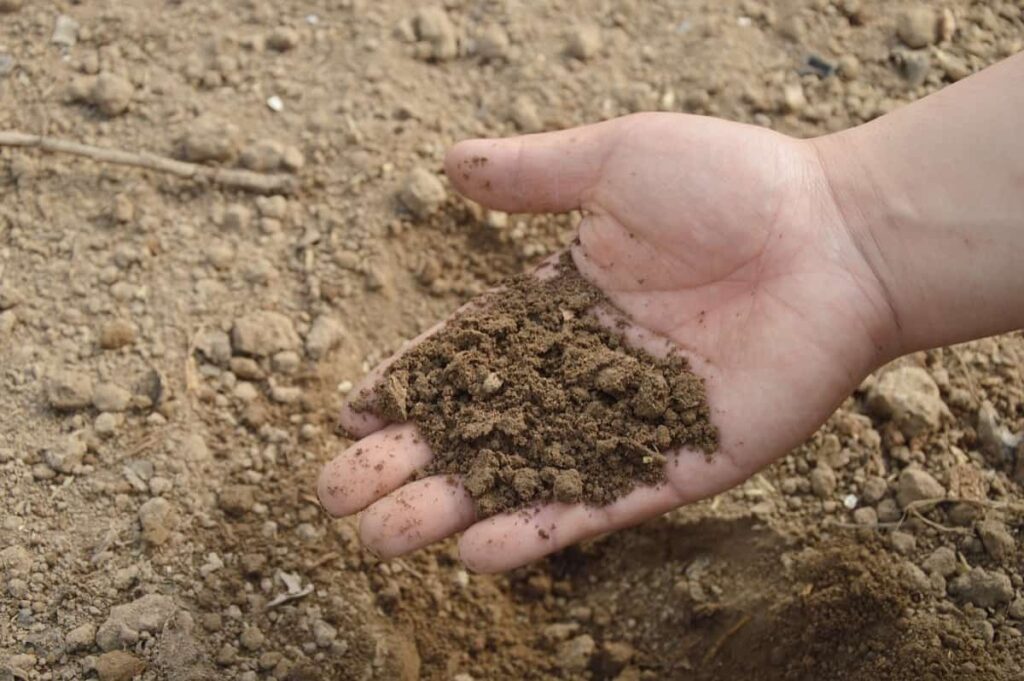
Deficiency causes nitrogen, phosphorus, and potassium in plants
A plant’s ability to uptake nitrogen (N), phosphorus (P), and potassium (K) from the soil is vital to its health and growth. However, these elements can be deficient in the soil for various reasons.
Some common causes of N, P, and K deficiencies in plants include:
Poor soil quality
If the soil is poor, it may not have enough of these essential nutrients available for plants to uptake. This can be due to a lack of organic matter or nutrients in the soil, or it may be due to compaction or other problems that make it difficult for plant roots to access the nutrients.
Excessive leaching
If too much water moves through the soil (from rain or irrigation), it can leach out these important nutrients, making them unavailable for plants. This is especially a problem in sandy soils.
Improper fertilizer application
If fertilizer is not applied correctly or at the right time, it can lead to nutrient deficiencies in plants. For example, applying fertilizer before planting can reduce the amount N, P, and K plants can take from the soil.
Pests and diseases
Some plant pests and diseases can cause nutrient deficiencies in plants by preventing them from taking up soil nutrients or damaging their roots so that they cannot absorb nutrients effectively.
Nutrient deficiency identification in soil
- There are many possible causes of nutrient deficiencies in the soil. However, the most common cause is simply a lack of nutrients in the soil. This can be due to soil depletion from poor agricultural practices, leaching from rainfall or irrigation, or even naturally occurring soil conditions.
- Other possible causes include compaction of the soil, which prevents roots from accessing nutrients; high pH levels, which prevent nutrient uptake; and poor drainage, which can lead to nutrient runoff.
- Symptoms of nutrient deficiencies vary depending on the element that is lacking. For example, nitrogen deficiency will result in stunted plant growth and yellowing leaves, while phosphorus deficiency will cause dark green leaves with purple veins.
- The best method to prevent nutrient deficiencies is to regularly test your soil’s nutrient levels and amend them accordingly. This can be done through commercial testing services or by sending your soil sample to your local Cooperative Extension office for testing.
- Nutrient deficiencies can be fixed naturally, organically, or chemically. The method you select will depend on your personal preferences and the severity of the deficiency. If the deficiency is severe, you may need chemical fertilizers to correct it. However, if the deficiency is mild, you may be able to fix it with organic amendments or by simply increasing your watering schedule.
Tips to fix nutrient deficiency organically in plants
- Organic methods of fixing nutrient deficiencies in soil include adding compost or other organic matter, using mulch, and planting cover crops. This method adds nutrients to the soil and improves its absorption ability. They also help improve drainage and aeration, which are essential for plant health.
- Generally, it is best to test your soil before adding anything. This will help you determine what nutrients are lacking and how much of each nutrient you need to add. Once you know what your soil needs, you can choose the best organic method for providing those nutrients.
- If your plants are showing signs of nutrient deficiency, there are some important things you can do to fix the nutrient problem organically. First, test your soil to see which nutrients it is lacking. You can then add amendments to your soil to correct the deficiency.
- Compost, manure, and other organic materials can be added to improve the soil’s nutrient content. Be sure to water your plants regularly and fertilize them as needed to keep them healthy and prevent nutrient deficiencies.
In case you missed it: 11 Potting Soil Mixes for Flowering Plants: Top and Best List
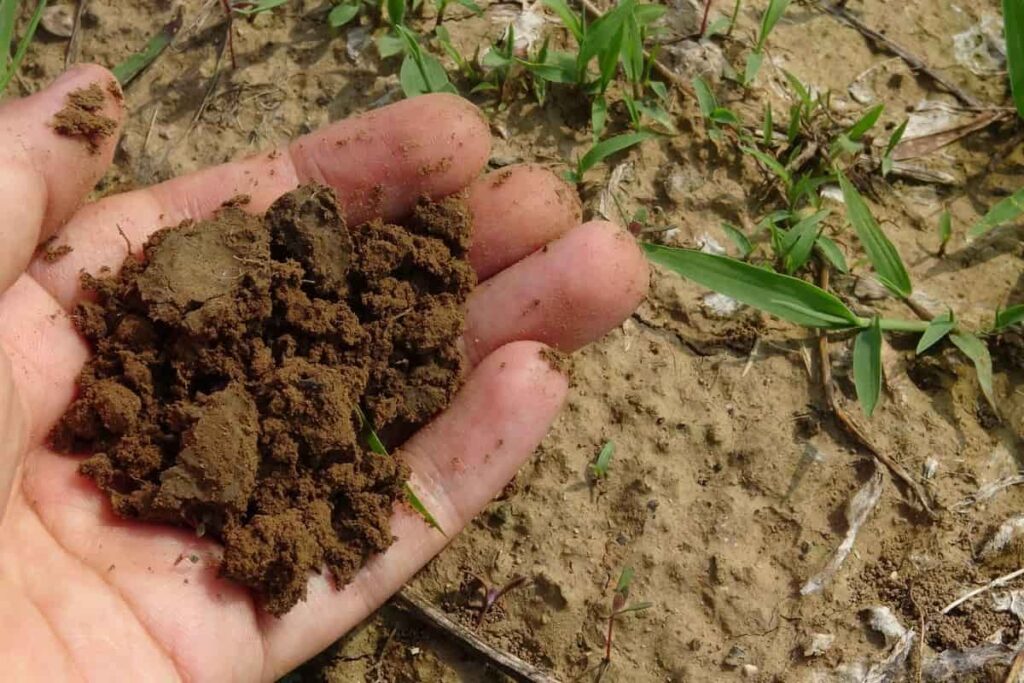
Nitrogen deficiency symptoms in plants
The effects of nitrogen deficiency in plants will change depending on the crop’s nutritional disorder development. Early signs of nitrogen deficiency in plants start with slight discoloration in mature leaves, which are lighter than usual. The entire plant looks pale and then thin due to insufficient branching. Slight nitrogen deficiency changes with more severe symptoms:
- Larger plant leaves turn from pale green to yellow and white.
- Leaf stems and smaller leaves get reddish or purplish.
- Veins and petioles become reddish.
- Stems acquire vertical purplish stripes.
- Vegetation bursts into forced flowering.
- Chlorosis spreads from the lower parts to the plant’s top.
- Leaves curl and shed.
- A nitrogen deficiency shows up as necrotic tissues in crops.
- Yield volumes considerably decrease.
- Plants fade prematurely and die.
How to prevent nitrogen deficiency in soil?
- Nitrogen is a key element in the growth of plants. It is a major part of chlorophyll, which helps plants to create food through photosynthesis. Nitrogen is also a key component of proteins that are essential for plant cell growth and development.
- However, nitrogen can be deficient in soil for several reasons. The most common cause is over-fertilization with phosphorus and potassium, which can happen when using chemical fertilizers. This can lead to a build-up of these nutrients in the soil, which prevents nitrogen from accessing its usual sites.
- Other causes of nitrogen deficiency include leaching (the loss of nitrogen from the soil due to rainfall or irrigation), organic matter decomposition (which consumes nitrogen as it breaks down), and microbial activity (which can release nitrogen into the atmosphere).
- There are several ways to prevent nitrogen deficiency in the soil. The important thing is to maintain a proper balance of nutrients in the soil. This can be done using organic matter like compost or manure to add nitrogen back into the soil. Alternatively, slow-release fertilizers can provide a steady supply of nutrients over time. Finally, crop rotation can help replenish nutrients depleted from the soil.
How to fix nitrogen deficiency in soil?
If your plants show signs of nitrogen deficiency, don’t worry—it’s a common problem that can be easily fixed. The first step is to identify the symptoms, which include yellowing leaves, stunted growth, and weak stems. Once you’ve confirmed that nitrogen is the issue, there are a few different ways to fix it.
If you’re interested in organic methods, one option is to add compost or manure to your soil. You can also try planting cover crops such as legumes, which fix nitrogen from the atmosphere into the soil. Finally, for a quick fix, you can apply a commercial fertilizer that contains nitrogen. Just follow the instructions on the package carefully so you don’t overdo it and end up with an excess of nitrogen in your soil.
Identifying phosphorus deficiency in soil
If you notice any of the following phosphorus deficiency symptoms in your plants, your soil will likely lack phosphorus. You can test your soil to be sure. Possible phosphorus deficiency symptoms include:
- Stunted growth
- Purple or red leaves (especially on younger leaves)
- Slow maturity
- Poor fruit or flower production
If your plants exhibit these symptoms, consider adding a phosphorus fertilizer to your soil. You can also try composting, adding organic matter to your soil and helping improve its ability to retain nutrients.
How to fix the phosphorous deficiency in plants?
If you notice that your plants are not as green as they should be, or if they grow slowly and seem stunted, it could signify phosphorus deficiency in the soil. Phosphorus is an essential plant nutrient for proper root development, flower production, and fruit set. It is also involved in the metabolic process known as photosynthesis.
There are several ways to fix phosphorus deficiency in the soil. The most common method is to add phosphate fertilizer to the soil. This can be done either chemically or organically. If you choose to go the organic route, bone meal or rock phosphate are good options. You can also add compost or manure to your soil to increase its phosphorus content.
In case you missed it: How this Farmer Earning 35 Lakhs from His Capsicum Farm: A Success Story of a Bell Pepper Polyhouse Farmer in India
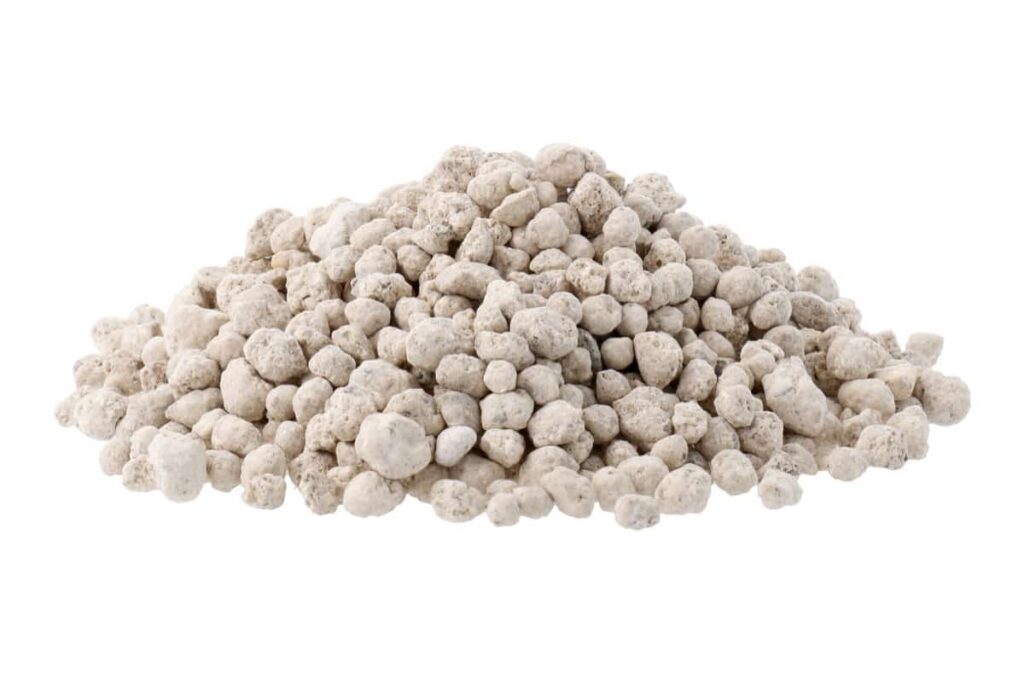
Once you have added phosphate fertilizer or organic matter to your soil, make sure to water it well so that the roots of your plants can absorb the nutrients. Also, remember that too much phosphorus can harm plants, so don’t overdo it.
How to identify and prevent potassium deficiency in soil?
Potassium is an essential nutrient for plants, helping water uptake and regulating metabolism. A potassium deficiency in the soil can lead to stunted growth and yellowing of leaves (chlorosis). Symptoms of a potassium deficiency include:
- Yellowing of leaves, starting at the edges or tips
- Stunted growth
- Weak stems
- Poor fruit production
A potassium deficiency is often caused by a lack of organic matter in the soil. This can be due to the overuse of synthetic fertilizers, which deplete the soil of organic matter. Other causes include poor drainage and excessive rainfall. Prevention and treatment of a potassium deficiency include:
- Adding organic matter to the soil, such as compost or manure
- Using a fertilizer that contains potassium, such as bone meal or wood ash
- Improving drainage in the affected area
How to prevent NPK deficiency naturally in soil?
NPK deficiency in soil is a common problem faced by farmers and gardeners. One of the best ways to prevent NPK deficiency is to ensure your soil has adequate organic matter. Organic matter helps to hold nutrients in the soil, making them available for plants to uptake. Add organic matter to your soil by composting household and garden waste or using mulch from leaves, grass, or wood chips.
In case you missed it: How this Farmer Earning 40 Lakhs from His Cucumber Farm: a Success Story of a Polyhouse Farmer in India
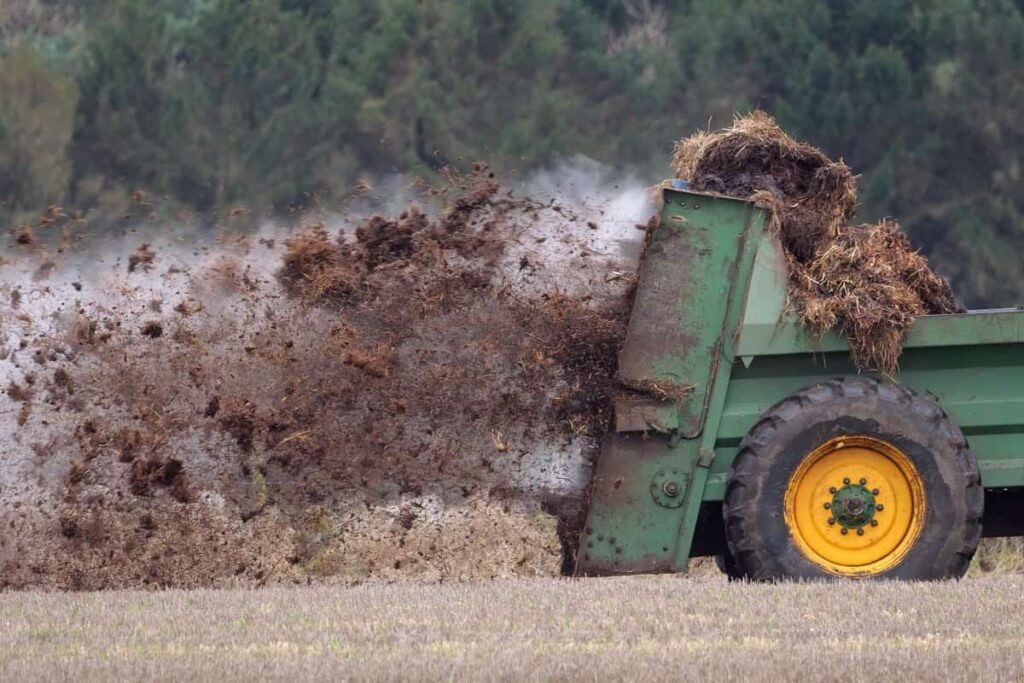
Another key step in preventing NPK deficiency is crop rotation. This helps to ensure that different plants are getting the nutrients they need from the soil and prevents any one plant from depleting the soil of its nutrients. Crop rotation also helps to break up compaction in the soil, allowing roots to access nutrients better.
Finally, ensure you regularly test your soil’s nutrient levels and apply fertilizer as needed. The main rule of thumb is fertilizing when plants actively grow, typically in spring and summer. However, always follow the manufacturer’s directions on how often to fertilize based on your specific soil type and plant needs.
How to prevent NPK deficiency organically in soil?
- NPK deficiency is one of the most common problems in soil, and various factors can cause it. Thankfully, there are several ways to prevent NPK deficiency organically in soil.
- One of the best ways to prevent NPK deficiency is to add organic matter to the soil. This can be done by adding compost, manure, or other organic materials to the soil. These materials will help to improve the soil’s structure and increase its ability to hold nutrients.
- Another way to prevent NPK deficiency is to choose plants that are good at fixing nitrogen. These include legumes such as beans and peas. By planting these crops, you can help increase your soil’s nitrogen levels naturally.
- Finally, you can also use mulch to help prevent NPK deficiency. Mulch will help slow down soil evaporation and keep nutrients from being leached away by rain or irrigation water. By following these steps, you can help to ensure that your soil stays healthy and free from nutrient deficiencies.
How to prevent NPK deficiency chemically in soil?
Preventing NPK deficiencies in the soil can be done chemically by using fertilizers. Fertilizers provide essential nutrients for plant growth and help prevent deficiencies. Selecting the right fertilizer for your plants and soil type is essential. You should also follow the manufacturer’s instructions on how to apply the fertilizer.
In case you missed it: How This Farmer Earned 5 Lakhs from Fish and Prawn Mixed Farming: A Success Story of an Aqua Farmer in India
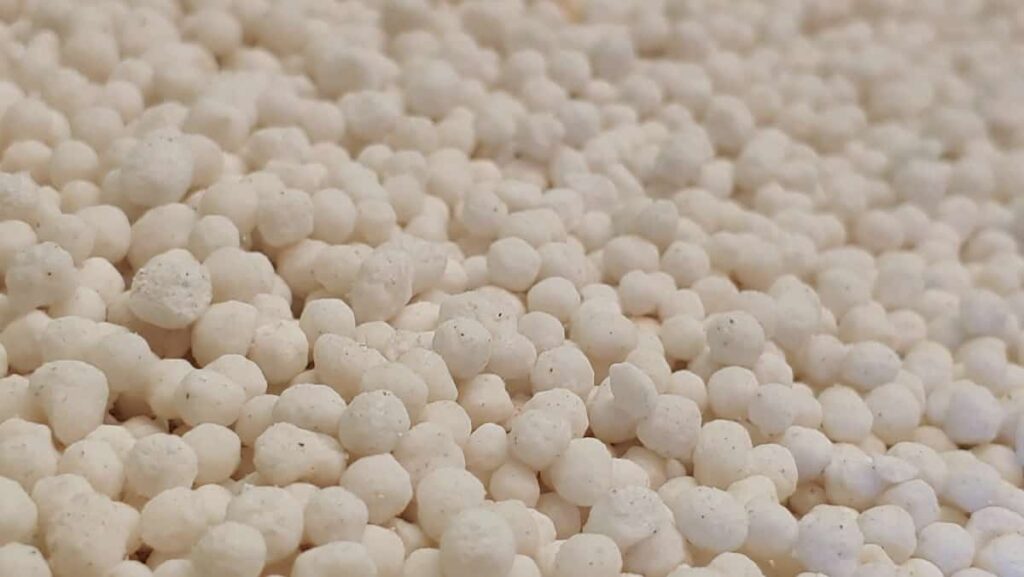
Conclusion
NPK deficiency in soil is the main problem that can lead to plant stunted growth. Plants need nutrients for proper growth, and while most soil contains these nutrients, sometimes they can become depleted. This can happen for several reasons, including over-fertilization, poor drainage, or inadequate organic matter in the soil. When this happens, it’s essential to identify the nutrient deficiency and take steps to correct it. Most nutrient deficiencies can be corrected relatively easily with proper identification and treatment.
- Types of Pesticides Used in Agriculture: A Beginner’s Guide
- Economical Aquaculture: A Guide to Low-Budget Fish Farming
- 15 Common Planting Errors That Can Doom Your Fruit Trees
- How to Make Houseplants Bushy: Effective Tips and Ideas
- Innovative Strategies for Boosting Coconut Pollination and Yield
- Pollination Strategies for Maximum Pumpkin Yield
- The Complete Guide to Chicken Fattening: Strategies for Maximum Growth
- Natural Solutions for Tulip Problems: 100% Effective Remedies for Leaf and Bulb-Related Issues
- Revolutionizing Citrus Preservation: Towards a Healthier, Greener Future
- Natural Solutions for Peony Leaf and Flower Problems: 100% Effective Remedies
- Maximizing Profits with Avocado Contract Farming in India: A Comprehensive Guide
- Natural Solutions for Hydrangea Problems: 100% Effective Remedies for Leaf and Flowers
- The Ultimate Guide to Choosing the Perfect Foliage Friend: Bringing Life Indoors
- From Sunlight to Sustainability: 15 Ways to Use Solar Technology in Agriculture
- The Ultimate Guide to Dong Tao Chicken: Exploring from History to Raising
- The Eco-Friendly Makeover: How to Convert Your Unused Swimming Pool into a Fish Pond
- Mastering the Art of Delaware Chicken Farming: Essentials for Healthy Backyard Flocks
- 20 Best Homemade Fertilizers for Money Plant: DIY Recipes and Application Methods
- How to Craft a Comprehensive Free-Range Chicken Farming Business Plan
- Brighten Your Flock: Raising Easter Egger Chickens for Beauty and Bounty
- How to Optimize Your Poultry Egg Farm Business Plan with These Strategies
- Subsidy for Spirulina Cultivation: How Indian Government Schemes Encouraging Spirulina Farmers
- Ultimate Guide to Raising Dominique Chickens: Breeding, Feeding, Egg-Production, and Care
- Mastering the Art of Raising Jersey Giant Chickens: Care, Feeding, and More
- Ultimate Guide to Raising Legbar Chickens: Breeding, Farming Practices, Diet, Egg-Production
- How to Raise Welsummer Chickens: A Comprehensive Guide for Beginners
- How to Protect Indoor Plants in Winter: A Comprehensive Guide
- Ultimate Guide to Grow Bag Gardening: Tips, Tricks, and Planting Ideas for Urban Gardeners
- Guide to Lotus Cultivation: How to Propagate, Plant, Grow, Care, Cost, and Profit
- Agriculture Drone Subsidy Scheme: Government Kisan Subsidy, License, and How to Apply Online
- Ultimate Guide to Raising Araucana Chickens: Breed Profile, Farming Economics, Diet, and Care
- Bringing Hydroponics to Classroom: Importance, Benefits of Learning for School Students
- Ultimate Guide to Raising Polish Chickens: Breed Profile, Farming Economics, Diet, and Care
- Ultimate Guide to Raising Australorp Chickens: Profile, Farming Economics, Egg Production, Diet, and Care
- Silkie Chicken Farming: Raising Practices, Varieties, Egg Production, Diet, and Care
- Sussex Chicken Farming: Raising Practices, Varieties, Egg Production, Diet and Care